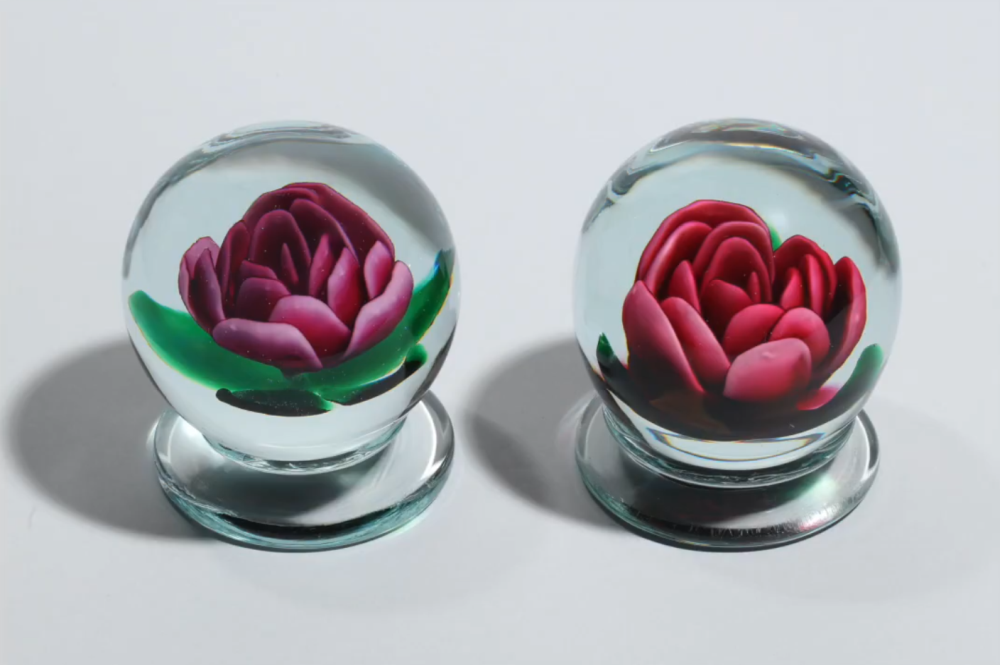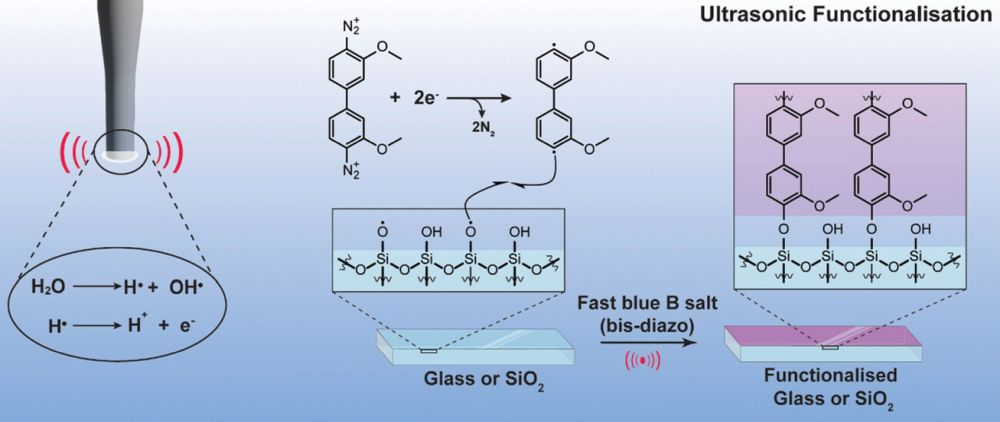
[Image above] Gorilla Glass bend test. Credit: Corning Inc.
I meant to write a post about this several weeks ago when Wired first published this (free) online story by Bryan Gardiner, but it got lost in my “to do” list. Fortunately, I have been working my way through my backlog and realized that this story is still available and not really time sensitive.
Despite Corning’s tendency to play coy about the specific relationship between the company and Apple products, Gardiner reveals quite a bit more than I previously knew (example – “One of the first conversations between [Wendell] Weeks and [Steve] Jobs actually had nothing to do with glass. Corning scientists were toying around with microprojection technologies—specifically, better ways of using synthetic green lasers.”).
The author does a great job of painting a picture of Corning’s culture and briskly weaves tales on glass science, the balky early history of Gorilla Glass, Apple intrigue and glass manufacturing techniques. Gardiner also drops several familiar names, besides Weeks and Jobs, into his narrative, such as Donald Stookey and Matt Dejneka.
If you do take time to read the whole story, it is also worth taking a few minutes to roll through the comments. Predictably, there are a lot of commenters who accuse the author of being an Apple fanboy, but some are enlightening, such as the comment from “PeteSorensonCMC” who says he worked at Corning in the mid-80s:
“At one point they assembled a cross division, cross discipline, cross-functional team that spanned the organization to define the innovation process from glimmer of an idea to the product being used and abused by the customer. The meetings of the group were held early in the morning over breakfast once a week. This group produced the documentation to describe an implicit, tacit knowledge based process that had already been baked into the Corning DNA/Culture/Processes. They then shaped the process design to be one that could be taught, reinforced, and supported within the organization as an intentionally designed business process. So when the author says that Corning ‘regularly invests 10% of its revenue in R&D’ recognize that that is a historical fact. This is sound evidence that this organization deliberately and intentionally chooses a path of intensive strategic re-invention.”
Indeed, a thread that runs throughout Gardiner’s story is the investment and emphasis on internal research and innovation at Corning.
And, for those really interested in an in-depth presentation on Corning’s approach to strategy, it is worth viewing our video of a remarkably detailed 51-minute presentation by the company’s then-CTO, Joseph Miller, at the PACRIM8 Conference in 2009.
CTT Categories
- Basic Science
- Glass
- Manufacturing


